As statues are scrutinised, the tensions that existed within historical figures are thrown into relief. You can admire Churchill’s leadership and criticise his imperialism. Beyond politics, whether one can or should separate the art from the artist is a well-trodden critical minefield. How to appraise the work of sculptor Eric Gill, whose corporeal forms can hardly be detached from the unspeakable sexual behaviour which came to light decades after his death?
Bobby Fischer must be the most prominent chess player to inspire deeply conflicted feelings. His views were repugnant, and his games were sublime. But even if they are related, in that a passionate hatred fuelled his maniacal drive, it would be absurd to describe the moves as anti-Semitic or hateful. The games, in all their clarity, seem liberated from the man’s deranged personality. At least in my imagination, chess games, by their very abstraction, enjoy a kind of blessed independence, and demand to be understood on their own terms.
Divorcing the moves from the motives is, moreover, a practical imperative, and not just something to do in retrospect. After all, no matter your distaste for the opponent seated opposite, it is the situation on the board that demands a response. Perhaps the gravest error is to take offence at the moves themselves. Dismiss a move as a ‘cheap shot’, or ‘coffeehouse chess’, and you are a whisker away from being undone by it. And finding a position ‘boring’ is a sure sign that your guard has been dropped. Bitter experience tells me that a feeling of ‘You can’t play like that’ often gives way to the grudging acceptance that actually the opponent very well can.
Alexander Alekhine, the fourth world champion, was probably a Nazi — the most damning evidence being a series of anti-Semitic articles which appeared in his name in Pariser Zeitung in 1941. (It is hardly convincing that he later disavowed these articles, when it was expedient). What then, to make of his creations? I don’t mean his sparkling combinations enacted at the board. I mean the published games that arose from Alekhine’s urge to embellish, or outright fabricate, his own games.
Some explanation may be found in the preface which Alekhine wrote to the French chess composer Lazard’s 1929 collection Mes problèmes et études d’échecs: ‘Ah, this opponent… His ideas of beauty are always different… while his means (strength, imagination, technique) are so often insufficient to be an active partner of our own intentions!’ And so he concocted games like the one with five queens shown below. Extraordinary, but by its warped genesis, bound for ever to Alekhine’s feet of clay. Suffice to say, with a nod to Tarantino’s penchant for turning history on its head, this time I have taken the liberty of listing Alekhine as the vanquished party.
Grigoriev–Alekhine, Moscow 1915
1 e4 e6 2 d4 d5 3 Nc3 Nf6 4 Bg5 Bb4 5 e5 h6 6 exf6 hxg5 7 fxg7 Rg8 8 h4 gxh4 9 Qg4 Be7 10 g3 c5 11 gxh4 cxd4 12 h5 dxc3 13 h6 cxb2 14 Rb1 Qa5+ 15 Ke2 Qxa2 16 h7 Qxb1 17 hxg8=Q+ Kd7 18 Qxf7 Qxc2+ 19 Kf3 Nc6 20 Qgxe6+ Kc7 21 Qf4+ Kb6 22 Qee3+ Bc5 23 g8=Q b1=Q (see diagram) 24 Rh6 Qxf1 25 Qb4+ Qb5 26 Qd8+ Ka6 27 Qea3+ Qca4 28 Qaxa4+ Qxa4 29 Qxa4 mate
Got something to add? Join the discussion and comment below.
Get 10 issues for just $10
Subscribe to The Spectator Australia today for the next 10 magazine issues, plus full online access, for just $10.
You might disagree with half of it, but you’ll enjoy reading all of it. Try your first month for free, then just $2 a week for the remainder of your first year.

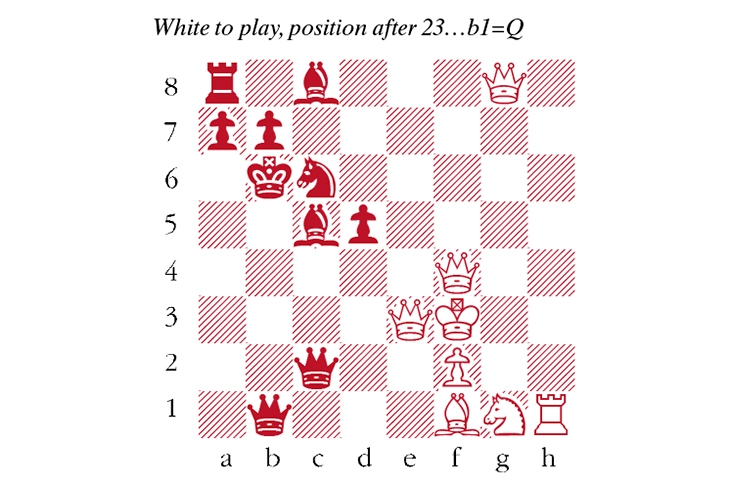

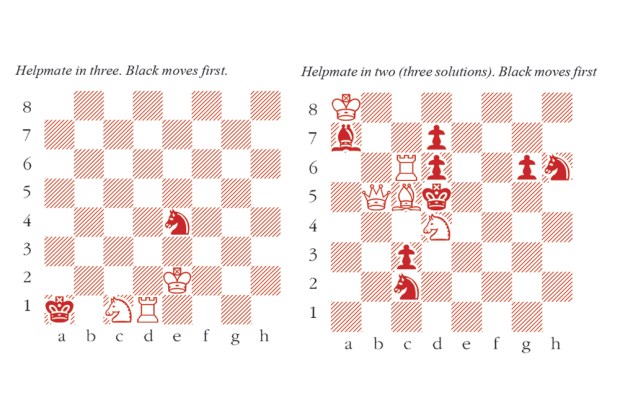
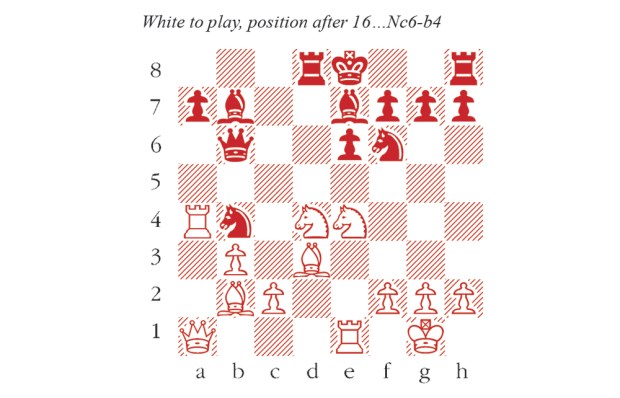
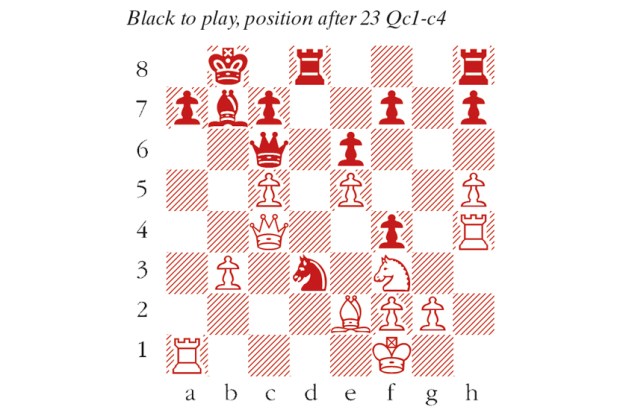
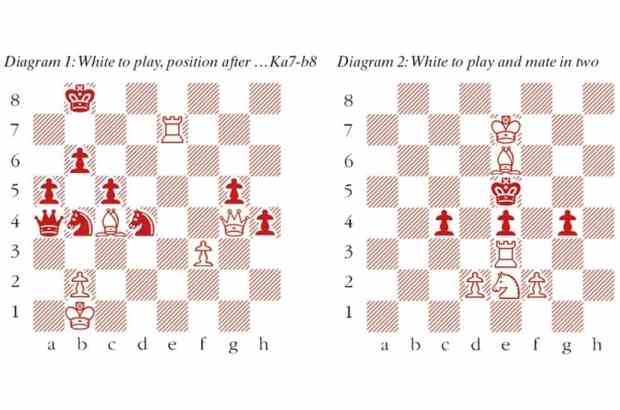
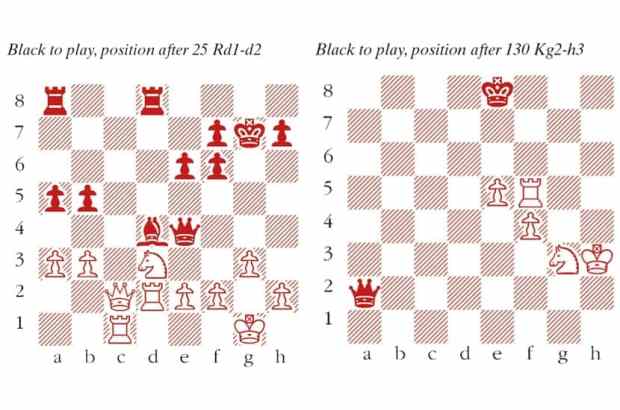






Comments
Don't miss out
Join the conversation with other Spectator Australia readers. Subscribe to leave a comment.
SUBSCRIBEAlready a subscriber? Log in